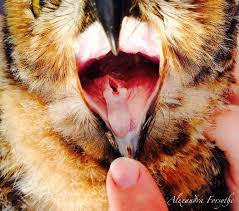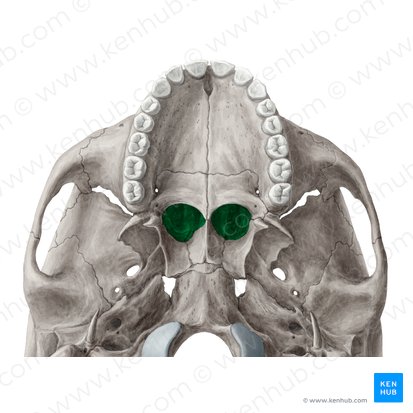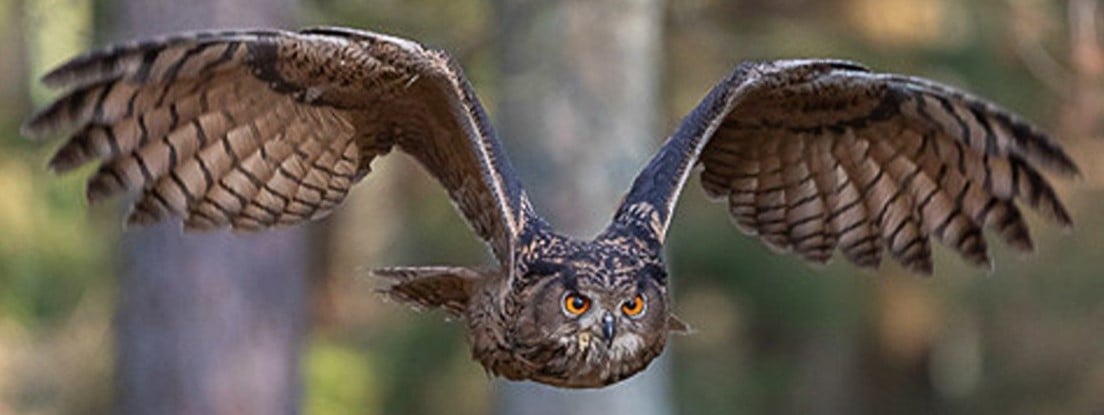Community member @marron12@lemmy.world asked a great question about something I overlooked. We haven't had any new anatomy in a bit, and some parts of the answer I felt were too good to get buried in a comment late in the day, so now it's a post.
marron12's question:
The title picture is amazing, both the mom's expression and the fluffy chick that's all mouth. Do you happen to know what the hole in the roof of their mouth is? At least it looks like a hole.
Excellent question! I didn't know this either, I was thinking of the hole in the tongue, but what it actually is makes a ton of sense now!
The hole is called the choana, and the v shaped channel is the choanal slit. We actually have the same feature, but it's back further on us and is shaped differently. This is the internal nostril, and it connects the sinuses to the pharynx, which leads to the esophagus.

The hole in the tongue is called the glottis, and I knew that was the opening of the esophagus. This is the big reason people are told not to give water to wild birds they find. If the water goes down this hole, it's getting poured right into their lungs!

The nifty new thing I learned though, is the glottis will line up with the choana when the bird's mouth is closed, sending all that air right to the lungs! Makes perfect sense why the holes are where they are now!
The wiki for the choana has some really fascinating history on how this structure came to be. It traces back to our great fish ancestors.
Early bony fishes (~420 mya) had two pairs of nostrils, one pair for incoming water (known as the anterior or incurrent nostrils), and a second pair for outgoing water (the posterior or excurrent nostrils), with the olfactory apparatus (for sense of smell) in between. In the first tetrapodomorphs (~415 mya) the excurrent nostrils migrated to the edge of the mouth, occupying a position between the maxillary and premaxillary bones, directly below the lateral rostral (a bone that vanished in early tetrapods).
In all but the most basal (primitive) tetrapodomorphs (or "choanates"), the excurrent nostrils have migrated from the edge of the mouth to the interior of the mouth. In tetrapods that lack a secondary palate (basal tetrapods and amphibians), the choanae are located forward in the roof of the mouth, just inside the upper jaw. These internal nasal passages evolved while the vertebrates still lived in water. In animals with complete secondary palates (mammals, crocodilians, most skinks) the space between the primary and secondary palates contain the nasal passages, with the choanae located above the posterior end of the secondary palate.
In animals with partial secondary palates (most birds and reptiles), the median choanal slit separates the two halves of the posterior half of the palate, connecting the nasal cavity with the buccal cavity (mouth) and the pharynx (throat).
Here they are on a human. If you've ever had anything go from your mouth out your nose or something come from your nose and go down your throat (ick to both!), this is what allowed that. Or, I guess, just breathing through your nose. 😅



Flying, and especially migration, seems so energy intense. That metabolism must be crazy!
One study I quick looked up says average was 1% body weight per hour. That's sounds like it's going to take a lot of oxygen.